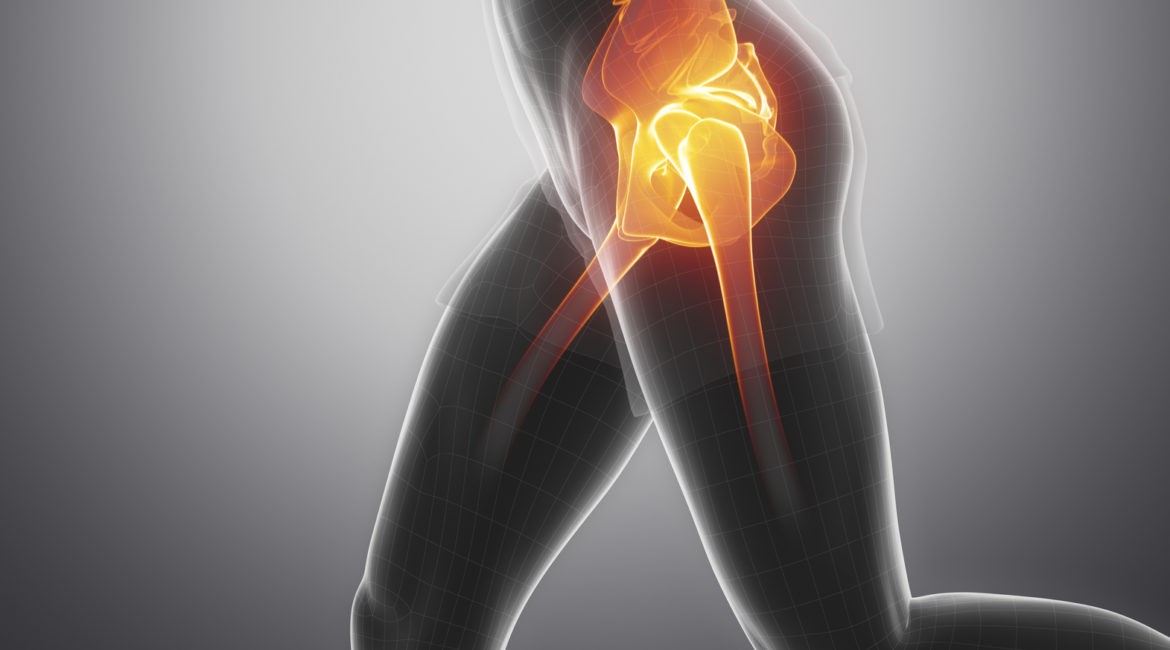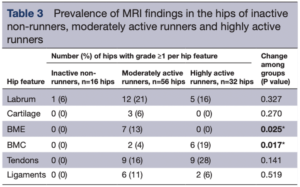Will Running Deteriorate your hips?

Sometimes I like to pretend I’m a runner.
Take last week. I got to work early (6:30AM) and figured I would go for an ‘easy 10km’ along the lake before work. Sounded great in theory.
BUT there were 3 issues:
- I have barely ran in 2021 (more focussed on weights at home and biking).
- The run took place during the heat wave of last week and my 217lbs body weight did not mix well with 36 degree humid temperatures.
- I am hyper competitive with myself. I have run a handful of half marathons in the past and can’t stand the fact that I am WAY slower now so I essentially red lined the entire 10km and felt like death at the end.
I should obviously know better, but this was a classic case of ‘do as I say, not as I do’.
I essentially violated most of the principles we tell folks in clinic about running:
- Work your way slowly back into running
- Pay attention to your body
- Run slower in extreme heat
- Stop trying to be a hero and accept that you are not in good running shape.
Another principle we try to get across in clinic is generally poorly accepted by our patient base.
RUNNING IS NOT BAD FOR YOUR HIPS (AND KNEES)!!!
We consistently hear statements from patients like the following:
‘I would like to run, but I don’t want to destroy my hips’.
Or
‘My friend is having hip problems. I’m sure it’s from all of his/her running in the past’.
This article is to convince you otherwise.
I’m a big fan of reading on cognitive biases (yes the practitioners at TPA are all huge geeks). Because of this I recognize that when I read a recent article in British Medical Journal, it is a blatant example of confirmation bias (a tendency to search for and favor facts that confirm my beliefs).
Having said that, this is the first article with objective proof that running is NOT bad for your hips. Let me explain.
The technology behind MRI machines has improved recently. There are higher resolution magnets powering some machines (called 3.0 tesla magnets) that provide greater sensitivity in identifying injuries earlier, specifically in your extremities.
This study used 52 volunteers and gave them all MRI’s of their hips on one of these fancy 3.0 Tesla machines. The volunteers were split into 3 groups:
- Inactive non-runners (average under 1 hour of physical activity per week, with a maximum of 2km walking).
- Moderately active runners (average of 21km running per week)
- Highly active runners (run over 42km per week).
You will notice the moderate group average distance is a half marathon, and the highly active is a full marathon. In truth, there was an even greater discrepancy between the groups. The moderate group averaged 3-4 hours of running per week and never ran a marathon while the highly active group averaged 50-85km/wk for an average of over 6 hours running. They also regularly ran marathons and even ultra-marathons (any distance over 42km).
Essentially this study captured a broad range, from non-runners to extremely heavy load runners.
The final numbers were 8 inactive, 28 moderately active, and 21 highly active runners. There were no significant differences between the groups for any baseline characteristics like age, gender, and Body Mass Index (BMI).
Here are the results:

To summarize this confusing chart, only the bolded items were considered significantly different between groups. There were two:
- Bone marrow edema was more common in moderately active runners. BUT, it was more common than in inactive runners AND ALSO highly active runners. To me, this makes this finding useless and random as it doesn’t correlate to how much they run.
- Subchondral cysts were more common in runners overall. BUT, 100% of these were small and minor and every one of them were asymptomatic, meaning the study subjects did not even know they had them.
So what have we learned?
- In this (small) study, the hips of folks running a very heavy distance were no different than moderate distance or people that don’t run at all.
- This is just a first study and obviously more studies are needed for confirmation.
- Speaking of confirmation, this study fit nicely into my confirmation bias.
- Next time you see someone jogging looking like they may be about to keel over near Spencer Smith Park early in the morning don’t worry……it’s probably just me.
